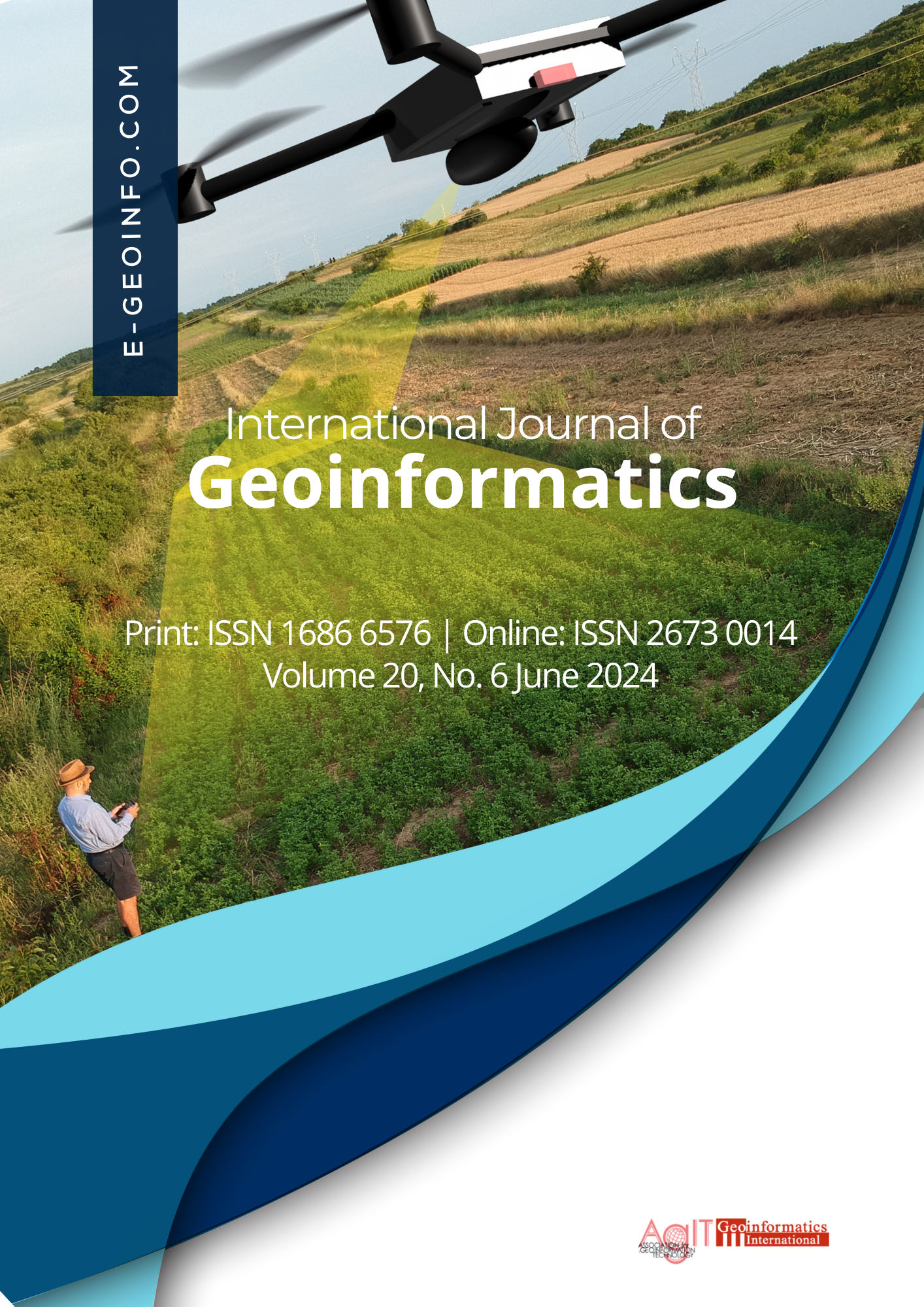Optimal Locations of Municipal Solid Waste-to-Value-Added Conversion Facilities Using GIS Analysis: A Case Study in Mymensingh Division, Bangladesh
Main Article Content
Abstract
The goal of the current study was to use a GIS analysis of the Mymensingh division to place municipal solid waste to energy conversion facilities in the optimal location. A geographic information system (GIS) is used to identify appropriate locations and weed out unsuitable ones that produce a land suitability map (LSM). The relative preferences of environmental, social, and economic aspects are assessed using a multicriteria decision analysis (MCDA) based on an analytical hierarchy process (AHP). Overall, this study measures the MSW potential, examines geographic locations for the dispersed MSW feedstock, chooses the most suitable locations for W2VA facilities throughout the Mymensingh division in Bangladesh, and prioritizes these locations. Furthermore, the GIS-MCDA model provided might benefit local governments' waste management efforts, if necessary, adjustments were made to consider more pertinent exclusion and preference criteria, as well as their interactions concerning tradeoffs.
Article Details

This work is licensed under a Creative Commons Attribution 4.0 International License.
Reusers are allowed to copy, distribute, and display or perform the material in public. Adaptations may be made and distributed.

